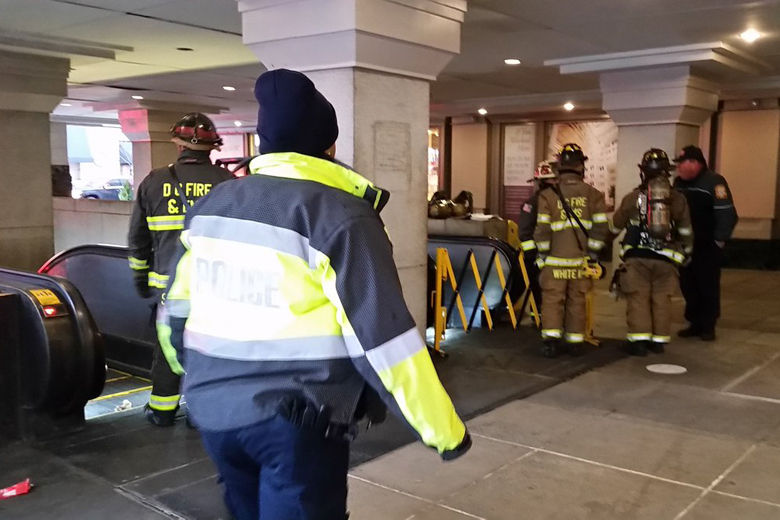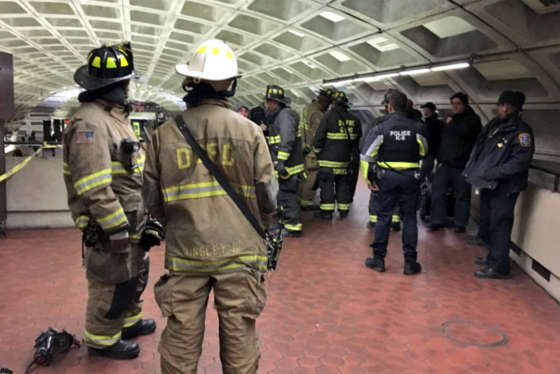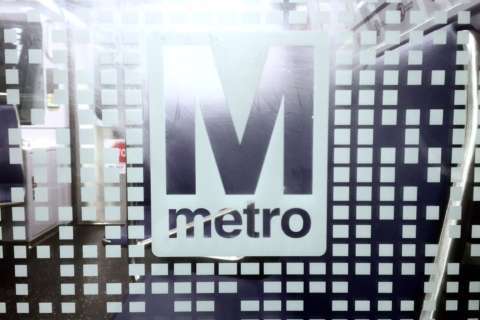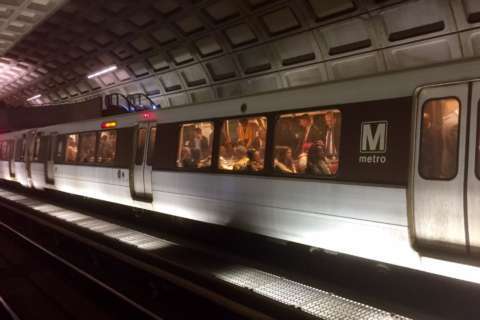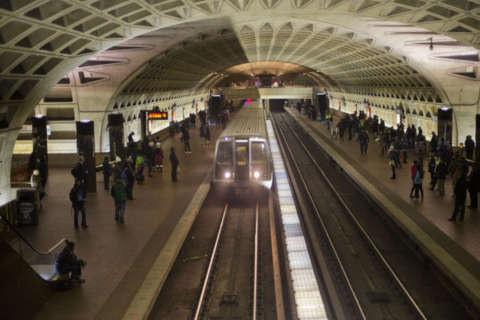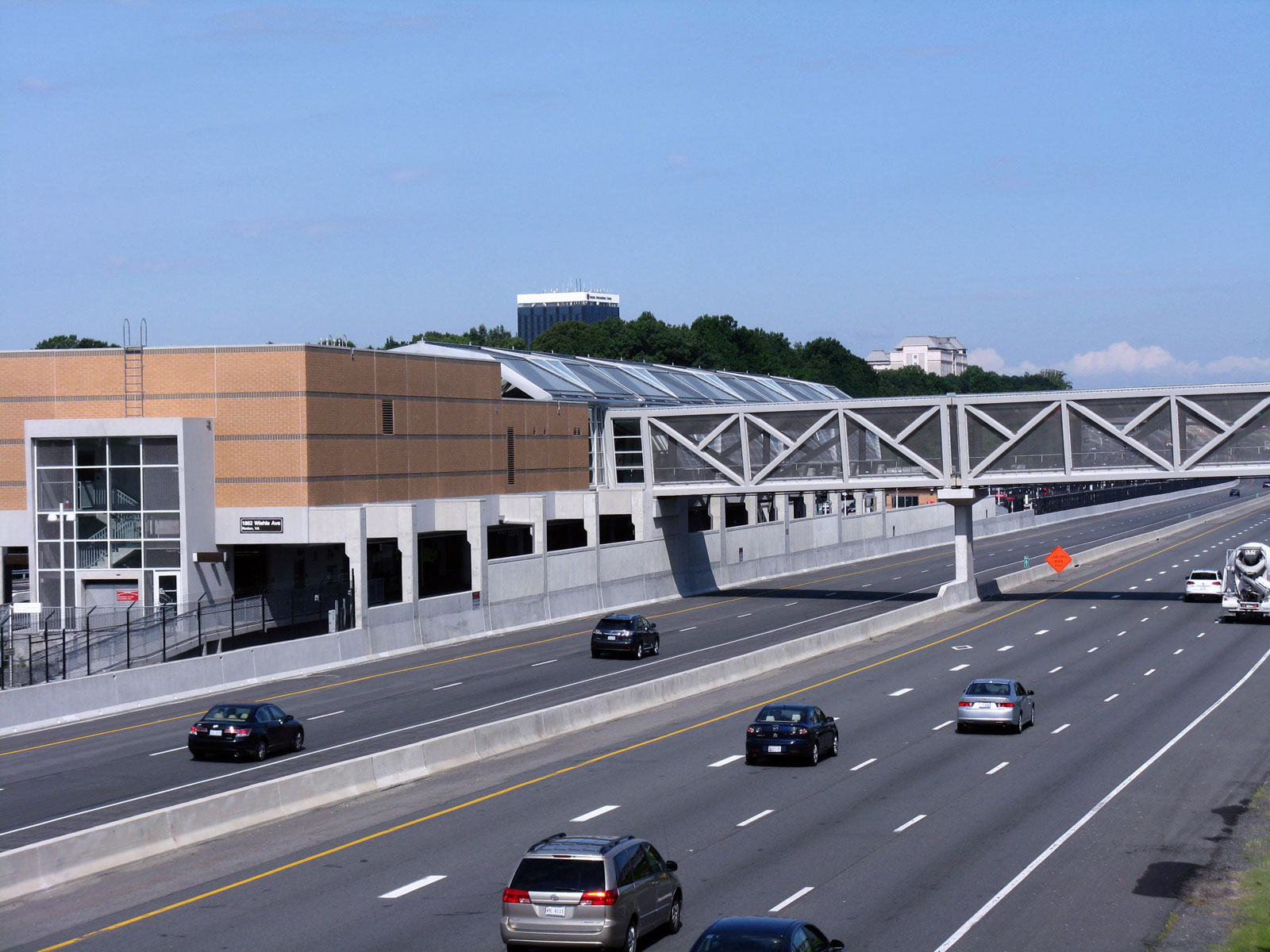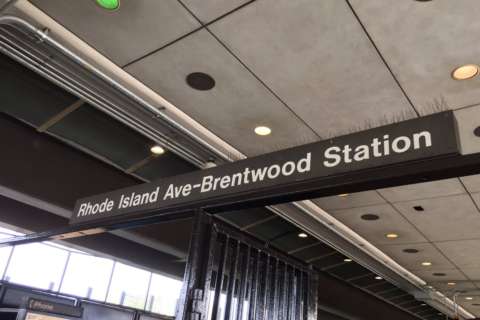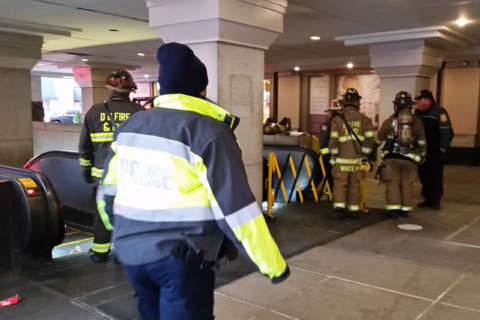
WASHINGTON — If something happens in a Metro tunnel — like last week’s derailment — a radio should be the fastest way to get help. But Metro train operators worry that testing lapses exposed by the derailment have contributed to ongoing problems.
“You’re underground and you are in a position where the only help that you can get, the only assistance that you can have someone come to you with, is through radio communications. That’s the only thing that works,” Amalgamated Transit Union Local 689 President Jackie Jeter said.
Jeter worked for years as a train operator, one of many who have complained about radio dead zones in parts of the system’s 50.5 miles of tunnels.
“It has improved, but apparently not enough, because we’re still encountering the same problems,” she said.
A Metro investigation following last week’s derailment found radio system tests that were supposed to be done weekly were instead scheduled every other week — but only done monthly.
And when they were done, the tests only checked one-way of the two-way communication signal.
None of the 60 passengers or three Metro employees on the Red Line train that derailed between Farragut North and Metro Center last week was hurt. But with the struggle to communicate and a delayed decision to walk riders through the tunnel to Metro Center, the evacuation was not completed for nearly two hours after the derailment.
“Kudos to the operator. Kudos to the fire department. Great job, except there is that radio communication problem that still persists after all this time,” Jeter said.
Radio coverage is one of the biggest safety concerns for train operators, she said.
“It is. And it has been … that’s our lifeline.”
Derailment “bad luck”?
Board Chairman Jack Evans promised Metro is doing all it can to prevent any derailments or similar incidents in the future.
“My initial reaction was what everybody’s was: How could this happen after everything we’ve done? … I just think it’s bad luck from everything I’m hearing,” he said.
“This is an outlier, it doesn’t happen. We are doing everything we can in the system to anticipate, to check, to test,” Evans added.
Evans and D.C. Fire Chief Gregory Dean met for about an hour to go over the response to the derailment.
“I came away very confident that we really know what we’re doing,” Evans said.
The fifth, sixth and seventh cars of the train were off the tracks when firefighters arrived. The eighth car apparently derailed but rolled back up onto the tracks as the train skidded more than 700 feet against the concrete emergency walkway.
While Metro’s radios failed, the fire department’s separate system that is regularly tested worked properly.
“It is progress over where we were, and I think we’re going to get there,” Evans said.
Testing slipped
Outside contractors will now take over Metro’s weekly radio system testing.
Metro’s quality assurance office had already been set to begin an audit of the communications systems this week before the derailment.
“Had we had a little more time, I believe these problems would have been surfaced and they would have been addressed pre-incident,” Chief Safety Officer Pat Lavin said.
The audit could reveal additional improvements needed.
Metro is in the middle of a radio system overhaul due to be completed by fall of 2022 that will put new radios on a new frequency in the hands of all employees across the system and on all trains and buses.
As part of that work, all tunnels are due to have separate cellphone service by fall 2020.
If he could do it over again, Lavin said he would evacuate riders sooner to walk them off the train to a station platform.
“Every situation drives a different response, but from an institutional thinking standpoint that’s probably where we’re going to start going in these types of events,” he said.

